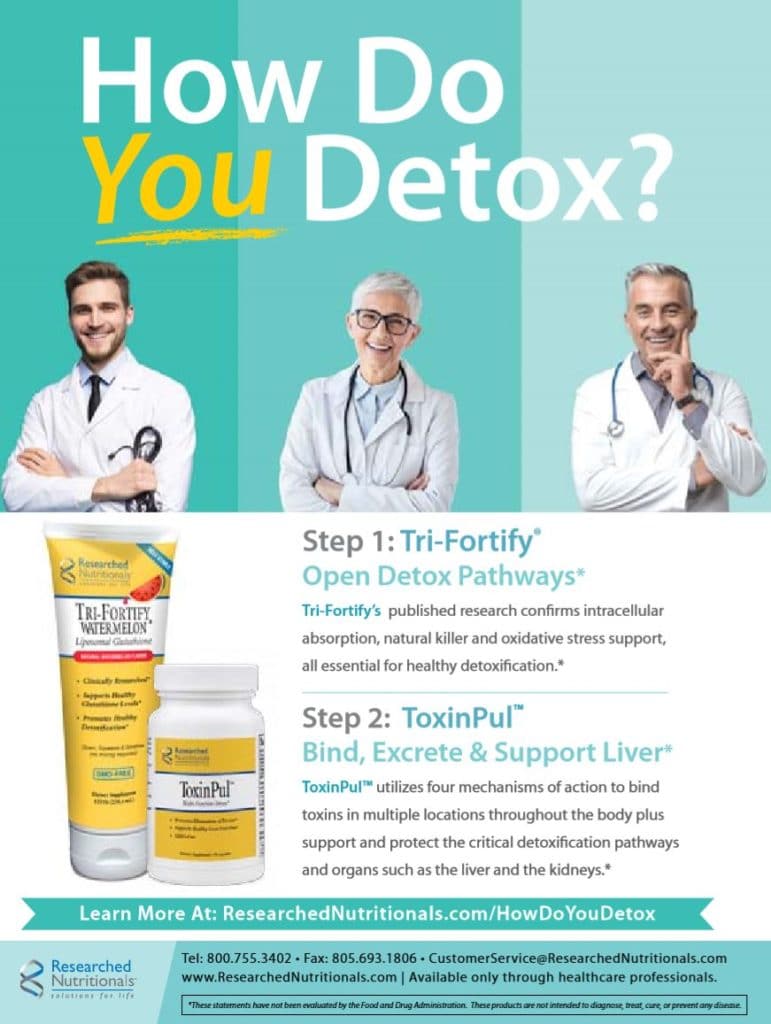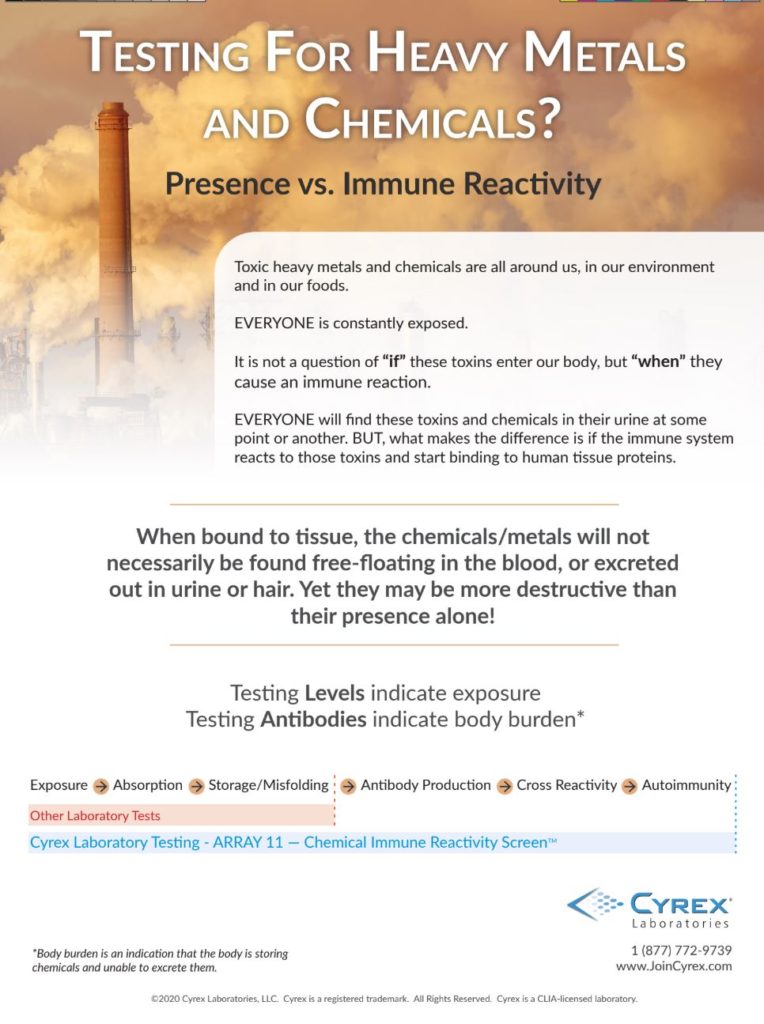Three civil trials conducted against Monsanto (owned by Bayer) in recent years have awarded millions to plaintiffs. The plaintiffs, all of whom regularly used Monsanto’s herbicide Roundup for several years, had developed non-Hodgkin’s lymphoma, a cancer linked to the herbicide.
In the process of discovery (in which lawyers are able to gain access to a company’s emails and internal studies), plaintiff lawyers uncovered documents that showed Monsanto has long known that the herbicide and its active ingredient glyphosate are not as safe as the company claims. Unfortunately, federal agencies, such as the US Environmental Protection Agency, have supported Monsanto’s deceptions.
A recent article by former cancer researcher Nathan Donley and journalist Carey Gillam describes how top EPA officials discounted the agency’s own scientists who reported that kidney tumors developed in glyphosate-exposed mice.1 Also, EPA officials delayed a scientific review on glyphosate toxicity conducted by the US Agency for Toxic Substances and Disease Registry. This review also found evidence that glyphosate is carcinogenic. Yet, during the civil trials, Monsanto evoked EPA’s assessment that glyphosate “is not likely to be carcinogenic to humans.”
Back in June 2017, TL columnist Marianne Marchese, ND, wrote “Regulating Toxic Substances – Who’s Keeping Us Safe?”2 She emphasized the need for regulation, given the amount of potentially hazardous heavy metals, pesticides, and other chemicals found in food, water, and personal care products. While she welcomed the update of the 1976 Toxic Substances Control Act, passed in June 2016, Marchese commented on the “very slow pace” prescribed for safety reviews of over 64,000 chemicals—about 20 chemicals at a time “with a deadline of seven years per chemical.”
Even if EPA scientists do find evidence that one of these chemicals can cause significant harm, what keeps the politically appointed officials who head the agency from overruling their warnings?
It makes me wonder if the idea of federal environmental protection can ever be realized when agencies can so easily be co-opted by corporate interests. Right now, EPA, FDA, CDC, etc. are all viewed as impartial, unassailable authorities that have public safety at their core.
Which is worse?
Agencies subverted by conflicts-of-interest or no agencies at all?
Jule Klotter
References
- Donley N, Gillam C. The EPA is meant to protect us. The Monsanto trials suggest it isn’t doing that. The Guardian. May 7, 2019.
- Marchese M. Regulating Toxic Substances – Who’s Keeping Us Safe? Townsend Letter. June 2017; 88-90.






